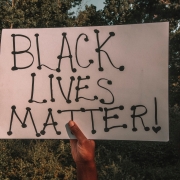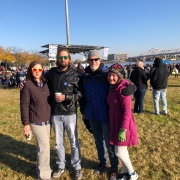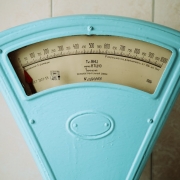“The Older The House, More The Maintenance” | Healthy Aging Series: Part 13
(Read the last paragraph first!)
I remember sitting in a classroom at Portland Community College, Portland Oregon (pronounced aw-ruh-gun, not aw-ruh-gone). It was 1979. The Class was Lifespan Development. The instructor was John Lawrence. The first words out of his mouth were, “The older the house the more the maintenance.” Since then, I’ve owned an older home for twenty years. I know exactly what he meant, except of course, he was talking about the aging process and, yes of course, he meant our bodies. Drive by any abandoned home. Anywhere. Roll down you window and stare at it for 5 or 10 minutes. Now, think about this: That’s you if you don’t take care of your body.
I can predict your future.
What you eat and how much you exercise will determine your future physical resiliency. What you eat and how much you exercise will determine almost everything about your future. Don’t delude yourself. You cannot escape the consequences of bad diet and a sedentary lifestyle.
Exercise: The Silver Bullet.
I’m going to write several blogs on fitness and health and aging, so this will be a brief explanation of the benefits of exercising. Having an active lifestyle is the best gift that you can give to your future self. One of the more important books I’ve read over the past five or 10 years is a book entitled, “Younger Next Year,” by Chris Crowley. It’s a book that promotes a good diet and regular exercise. Read it!
If there’s one thing you can do to improve your resiliency it’s, start exercising. Here are some of those benefits:
- Exercising helps control weight. It helps prevent obesity and accompanying diseases.
- Exercise reduces the risk of heart disease, which is one of the leading causes of premature death.
- Exercise helps manage blood sugar and insulin.
- Exercise improves our mental health which enhances in mind-body connection. I’ve written about this in an earlier blog.
- Exercise improves your brain functioning, see future blogs and the aging brain.
- Exercise reduces the chances of falls. See future blogs and fall prevention.
- Exercise helps to maintain muscle mass. Losing muscle mass is a big problem as we age, and dramatically impacts our physical resiliency.
Diet: You Can’t Outrun a Bad Diet
Michael Pollen writes, “Eat real food. Not too much. Mostly plants.” The purpose of a resiliency-based diet is threefold:
- Helps maintain weight and muscle mass. I don’t believe this means starving yourself. It means portion control. Most Americans eat too many calories and not enough protein for muscle mass maintenance. But there is a caveat to promoting muscle growth. You must also couple protein intake by or with exercise. Muscle mass equals stability and mobility.
- Provides needed natural micro and macro nutrients. Your body was engineered to extract needed micronutrients from real food. If you’re eating real food, unless your doctor prescribes supplements, you don’t need to take them. I was taking zinc because I was told that “it enhances your immune system.” I told my doctor and she advised me to stop. She said that it could interfere with my ability to absorb copper. Some people take a daily vitamin for insurance but if you’re eating right, you don’t need them. Eat real food, to include lots of fruits and vegetables, which provide vitamins and minerals that boost immunity and lead to enhanced resiliency.
- Maintains good gut health, both pre-and probiotics. Never forget that you were eating for two: you and the colony of bacteria or microbiome that lives in your gut. Feeding the micro biome means eating lots of natural fiber, fruits and vegetables, whole grains, and lots of fermented food . This includes kombucha and yogurt.
Here are the benefits of a healthy gut:
- Improved food digestion.
- It helps regulate your immune system which promotes resiliency
- It produces vitamins, which includes B12 Simon and riboflavin.
- A healthy gut enhances weight control.
- It improves your mental health by enhancing the brain gut connection. A heathy gut improves cardiovascular health by helping to control cholesterol.
How do we improve our microbiome?
- Eat fruit and fermented food to include yogurt, sauerkraut, and kefir. Be mindful that sauerkraut often is not fermented but simply stored in salt brine.
- Eat a wide range of real food. Vegetables, beans, fruit, fiber, whole grains. Eat foods that include polyphenols. Red wines, green tea, dark chocolate, olive oil. Limit your use of antibiotics.
Physical resilience is the result of good diet and exercise.
Make no mistake. You cannot eat junk food and neglect fruit and vegetables, on top of living a sedentary lifestyle, and expect to be a physically resilient person. Your ability to bounce back from viruses, broken bones, exposure to chemicals or other toxins, and from genetic minefields, if you do not take care of your body. That’s as simple as it gets. It’s about taking care of your body. If you take care of your body, you will be a more resilient person now and in years to come.
Don’t do what I say, do what I do!
I’ve just finished editing this blog. I’m visiting my granddaughters in Colorado. I’m leaving my room in a few minutes for a 2-hour hike in the mountains. I had a high-fiber, high protein breakfast with some fruit. I work out every day, most weeks. I eat food, not too much, mostly plants, most weeks.
This is part thirteen in the Healthy Aging Series, written by Mark Neese, LCSW, BCBA. To see more entries in this series, click here.


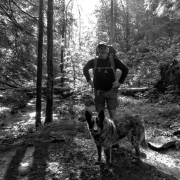
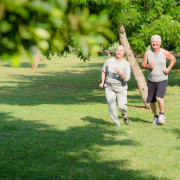
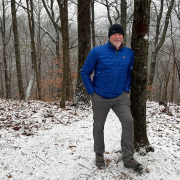
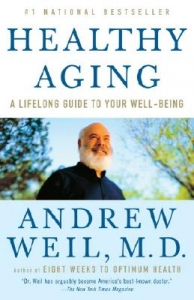
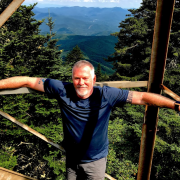
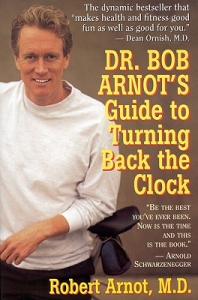
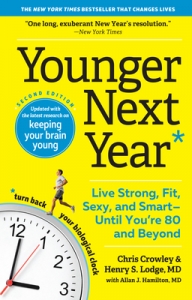
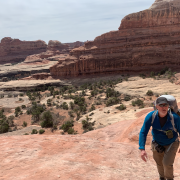
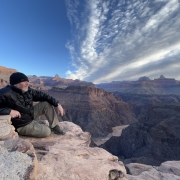
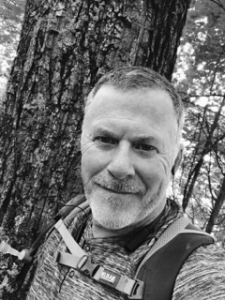 Mark Neese, LCSW, BCBA is the co-founder and co-owner of
Mark Neese, LCSW, BCBA is the co-founder and co-owner of 